
Morning air hums with the scent of sea salt and simmering herbs, a whisper from places where people aren’t just living longer — they’re living vibrantly.
We wander the world seeking wonder, meaning, and connection, yet often overlook the simple rhythms that make life truly rich. In these rare communities, longevity isn’t a secret — it’s a daily habit, woven into laughter, movement, and shared meals.
Now, as the modern world spins faster than ever, these enclaves invite us to pause, breathe, and listen. Within their traditions lies a transformative truth — a map to a slower, fuller way of living.
1. Okinawa, Japan
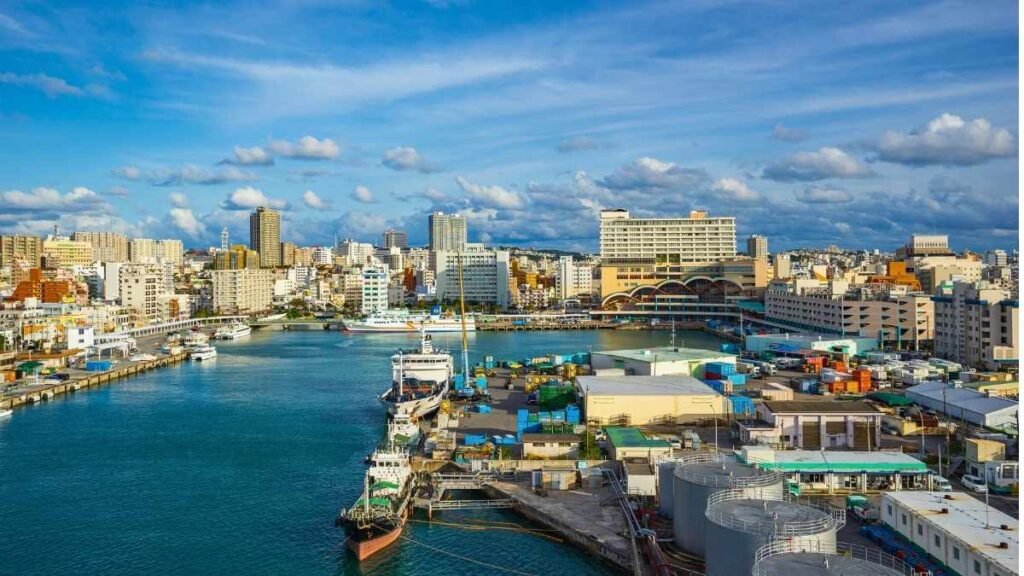
Okinawa isn’t just a destination — it’s a rhythm, a way of being. As the island breeze carries the scent of hibiscus and ocean salt, you quickly understand why this Japanese archipelago produces some of the world’s longest-living people. Daily life unfolds slowly: elders tend their gardens, children laugh in coral-colored schoolyards, and neighbors gather for moai — lifelong circles of friendship and support. It’s impossible not to be swept into this gentle cadence of community and connection.
During my visit, a local woman named Chiyo invited me to share her lunch — purple sweet potatoes, bitter melon stir-fry, and a bowl of miso soup so delicate it felt like poetry. Between bites, she smiled and said, “We eat until we’re 80% full — and live fully.” That one sentence captures Okinawa’s philosophy better than any guidebook. Every meal, every conversation, every stroll through the limestone lanes of Shuri feels like an invitation to slow down and savor.
Key Practical Information
- Peak/Off-peak: March–May and October–November offer warm, dry weather; avoid humid summers and typhoon season (June–September).
- Getting There: Fly into Naha Airport, with easy connections from Tokyo and Osaka. Rent a car or hop on local buses for island exploration.
- Ideal Duration: 5–7 days to explore Naha, northern beaches, and local villages.
- Must-Try Experiences: Morning market in Naha, traditional karate classes, and tea with elders in Ogimi.
- Budget: Mid-range; ¥10,000–20,000/day covers food and lodging.
- Cultural Etiquette: Bow slightly when greeting; remove shoes indoors.
- Photography: Early morning light at Cape Manzamo and sunset over Kouri Bridge are unforgettable.
2. Sardinia, Italy
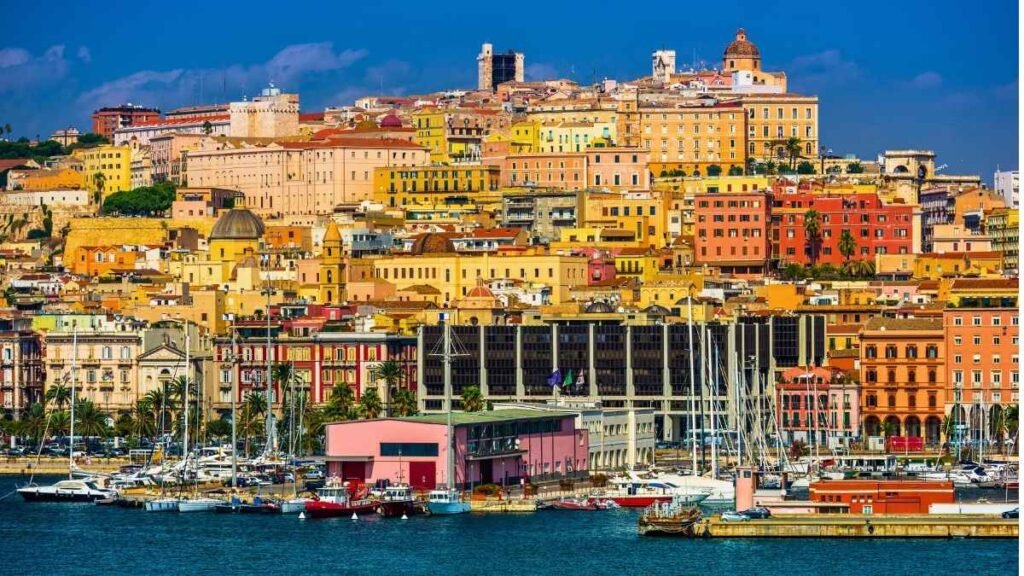
Rolling hills of emerald grass, shepherds tending flocks beneath ochre cliffs, and laughter echoing from stone piazzas — Sardinia feels timeless. The Barbagia region, in particular, moves to its own slow rhythm. Life here is measured not in minutes, but in meals shared and stories told. Visitors are welcomed with homemade pecorino cheese, Cannonau wine, and warmth that transcends language.
One evening in the mountain town of Villagrande Strisaili, I joined a local family for dinner. The patriarch, over 90 and still strong, poured a glass of wine and recounted his youth tending sheep in the highlands. He winked and said, “A little work, a little laughter, and good friends — that’s our medicine.” The fire crackled, the stars burned bright above, and in that simple moment, I understood the Sardinian secret.
Key Practical Information
- Peak/Off-peak: Best from April–June and September–October; summer is hot and busy.
- Getting There: Fly into Cagliari or Olbia, then rent a car — public transport is sparse inland.
- Ideal Duration: 5–10 days for the interior and coastal contrasts.
- Must-Try Experiences: Goat cheese tastings, mountain hikes, and traditional tenores singing in Barbagia.
- Budget: Mid-range to upscale; €80–150/day.
- Cultural Etiquette: Greetings are warm — expect cheek kisses; respect elders deeply.
- Photography: Golden-hour light on the Supramonte mountains and seaside cliffs near Cala Gonone.
3. Ikaria, Greece
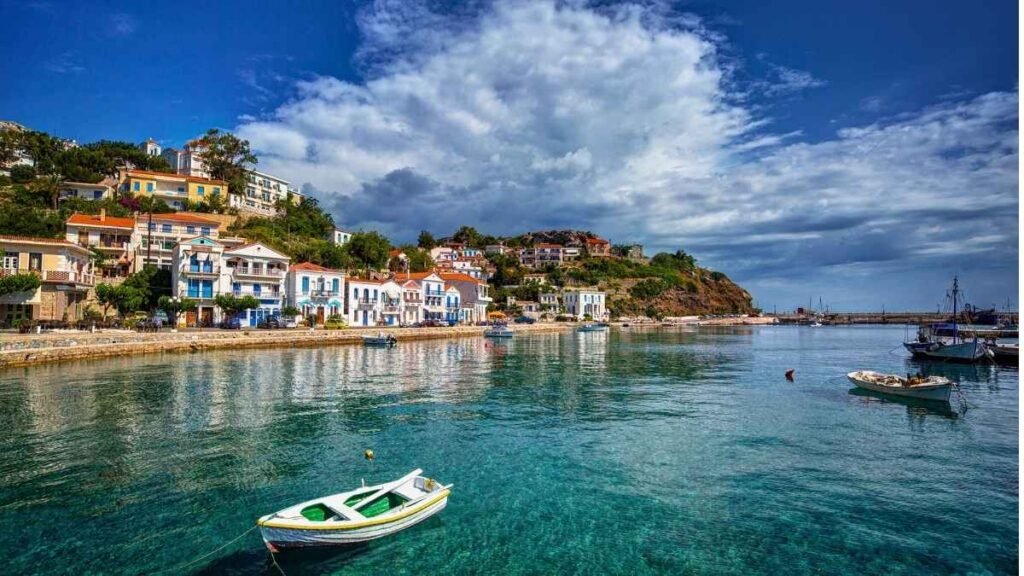
Ikaria feels like it floats outside time. In this Aegean island haven, people forget the rush of modern life — and sometimes even the clock itself. Days melt into long walks through pine forests, impromptu dances in village squares, and shared feasts that last until dawn. Locals don’t just live long; they live joyfully, with a sense of kefi — exuberant, soulful contentment.
I remember wandering through the hillside village of Christos Raches, where shops open only when the owners feel like it — often at midnight. A café owner named Yannis offered me a glass of homemade wine and said, “Here, we don’t die. We just take a nap and wake up later.” He wasn’t joking — he was describing a lifestyle that makes aging feel like a natural extension of living well.
Key Practical Information
- Peak/Off-peak: May–September is warm and sunny; spring and autumn offer quieter charm.
- Getting There: Fly from Athens to Ikaria (or ferry from Piraeus). A car is useful for remote villages.
- Ideal Duration: 4–6 days to unwind fully.
- Must-Try Experiences: Village panigiri festivals, thermal springs at Therma, and hikes to Nas Beach.
- Budget: Affordable; €60–100/day.
- Cultural Etiquette: Time is flexible — embrace it; accept coffee invitations graciously.
- Photography: Capture pastel sunsets from the hilltops and the turquoise Aegean coves below.
4. Nicoya Peninsula, Costa Rica
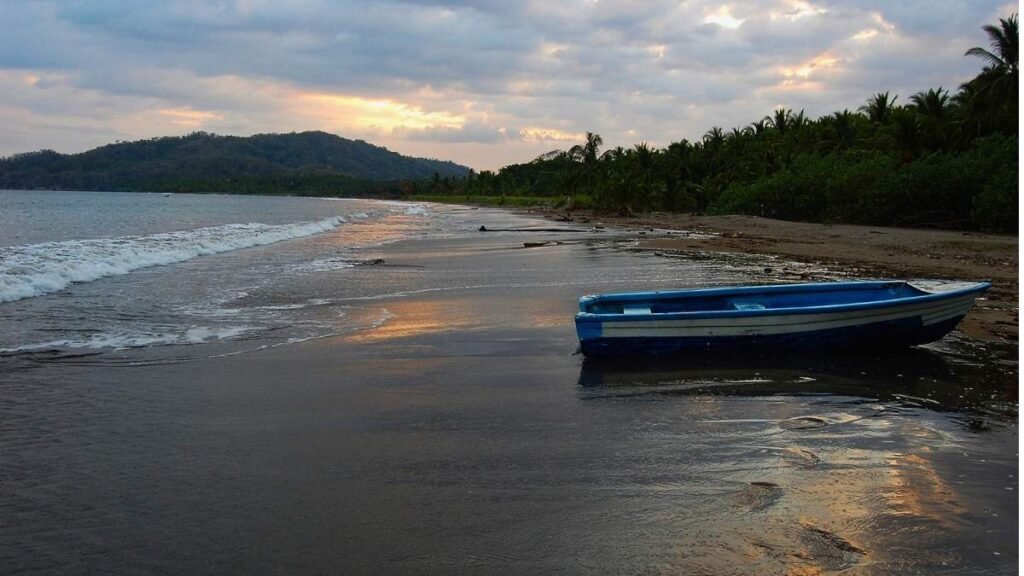
Nicoya’s magic lies in its simplicity. Imagine waking to the sound of howler monkeys, sipping coffee grown on the same land it’s brewed, and greeting neighbors with a cheerful “¡Pura Vida!” This isn’t just a phrase — it’s a philosophy. Life here is communal, sun-soaked, and beautifully unhurried. The air feels clean enough to breathe in youth itself.
In Santa Cruz, an elderly man named Don Felipe taught me how to make corn tortillas from scratch. His hands moved with a calm precision earned over decades. When I asked the secret to his health, he laughed and said, “Corn, family, and dancing!” Watching him sway to marimba music at sunset, I realized he wasn’t exaggerating — just living proof.
Key Practical Information
- Peak/Off-peak: Dry season (Dec–Apr) is ideal; green season (May–Nov) brings lush landscapes.
- Getting There: Fly into Liberia International Airport, then drive or shuttle to Nicoya (2–3 hours).
- Ideal Duration: 6–8 days for towns like Nosara, Samara, and Santa Cruz.
- Must-Try Experiences: Surf lessons, farm tours, and cooking with locals.
- Budget: Mid-range; $80–150/day depending on lodging.
- Cultural Etiquette: Smile, greet with “Buenos días,” and embrace the slower pace.
- Photography: Golden light over Playa Guiones and rural landscapes dotted with sabanero cowboys.
5. Loma Linda, California, USA
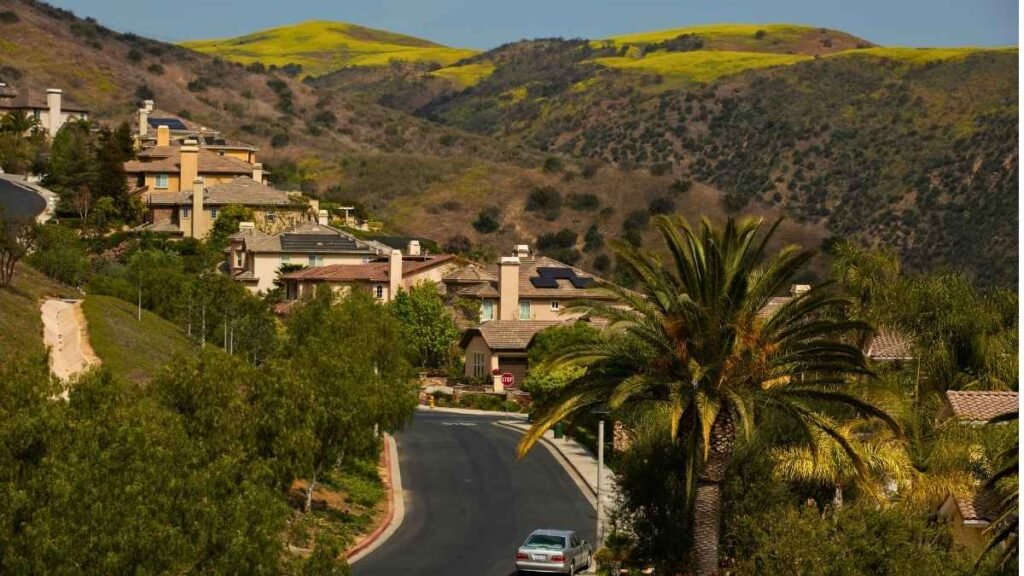
Tucked in Southern California’s Inland Empire, Loma Linda is unlike anywhere else in the U.S. — a small, health-focused community where most residents are Seventh-day Adventists who live by faith, food, and fellowship. The pace is gentle, meals are plant-based, and weekends revolve around rest and reconnection. For many visitors, it’s a revelation that longevity can bloom even in suburban America.
During a community potluck at a local church, I met Dr. Elaine, a centenarian who still cycled daily. She told me, “We don’t chase time — we cherish it.” Sharing homemade lentil loaf and whole-grain bread, surrounded by laughter and song, I understood that longevity here isn’t luck — it’s design.
Key Practical Information
- Peak/Off-peak: Year-round mild weather; spring and autumn are most pleasant.
- Getting There: Fly into Ontario International Airport (20 min away) or LAX (1.5 hr).
- Ideal Duration: 3–5 days.
- Must-Try Experiences: Farmers’ markets, vegetarian cafés, and trails in nearby San Bernardino Mountains.
- Budget: Mid-range to comfortable; $120–200/day.
- Cultural Etiquette: Respect quiet Sabbath observance (Friday sunset to Saturday sunset).
- Photography: Capture soft dawn light over the orange groves and nearby foothills.
6. Barbagia Region – Villagrande Strisaili & Nearby Villages (Sardinia, Italy)
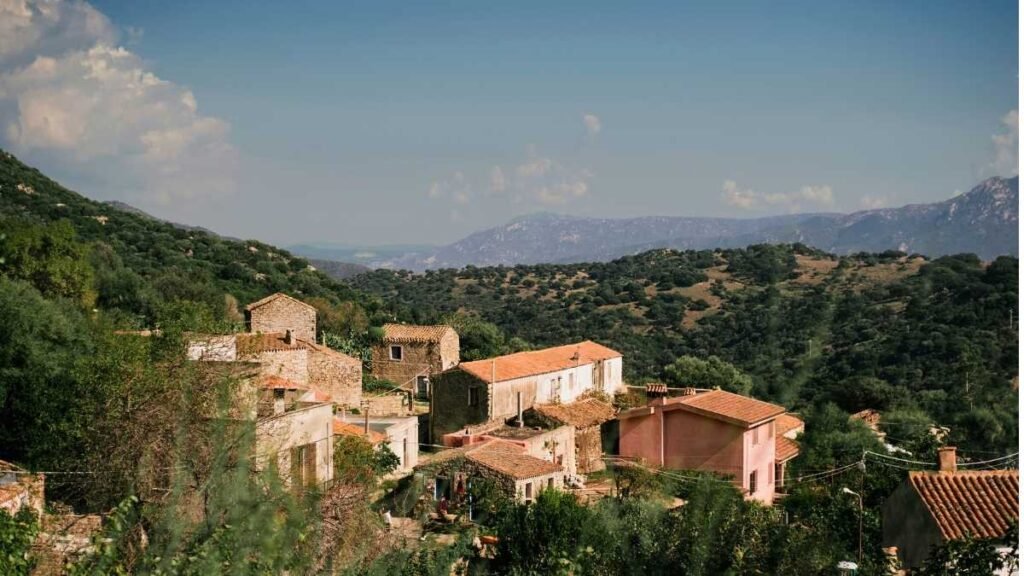
Tucked high in Sardinia’s rugged heart, the Barbagia region feels like a place time politely forgot. Narrow cobblestone streets wind through mountain villages where neighbors still greet each other with warm “Ciao, compare!” and church bells punctuate the quiet afternoons. The scent of woodsmoke and freshly baked pane carasau lingers in the air, and laughter often spills from the local cantina well past sunset.
One morning, while hiking near Villagrande Strisaili, I stumbled upon a shepherd tending his flock beneath a grove of cork oaks. He offered me a piece of his homemade pecorino and said, “Every day we walk, we breathe, we share. That’s enough.” It was a moment of clarity — simplicity here isn’t a lack, it’s abundance.
Key Practical Information
- When to Go: Spring (April–June) for wildflowers; autumn (Sept–Oct) for harvest feasts.
- Getting There: Fly to Olbia or Cagliari, rent a car — you’ll need it for mountain roads.
- Stay Duration: 5–7 days for immersive village life.
- Do This: Join a local sagra festival, sample roasted chestnuts, and explore Gennargentu National Park.
- Budget: €70–120/day.
- Insider Tip: Locals love guests who try a few Sardinian phrases. “A chent’annos” means “to a hundred years.”
- Photo Moment: Sunset over Orgosolo’s mural-covered streets.
7. Ogimi Village (Okinawa, Japan)
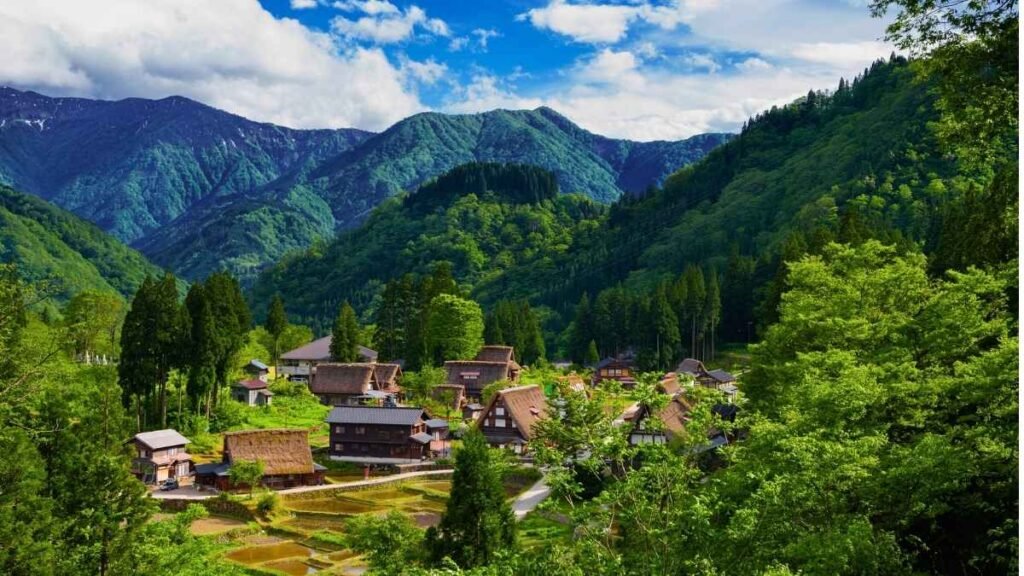
Ogimi isn’t just a village — it’s a living museum of longevity. Known as the “Village of Longevity,” this coastal community glows with greenery and calm. Bamboo groves sway in the sea breeze, and the locals — many of them centenarians — still work in their gardens and attend community gatherings daily. There’s no rush, only rhythm.
When I visited the Ogimi longevity museum, an elderly woman named Ushi-san guided me through photographs of her childhood, pointing out friends who had lived past 100. “We care for each other,” she said softly. “That’s why we live long.” Later, we walked to the beach, where fishermen mended their nets beneath a tangerine sky — the very image of serenity.
Key Practical Information
- When to Go: March–May for flowers; October–November for festivals.
- How to Get There: Drive 1.5 hours north from Naha on Route 58.
- Stay Duration: 2–3 nights.
- What to Do: Visit longevity gardens, join a cooking class for champuru, and take a dip at Kouri Island beaches.
- Budget: ¥8,000–15,000/day.
- Insider Tip: The Ogimi longevity tea, made from guava leaves, makes a perfect souvenir.
- Photography: Early morning mist over the coastal hills — utterly tranquil.
8. Evdilos and Nearby Villages (Ikaria, Greece)
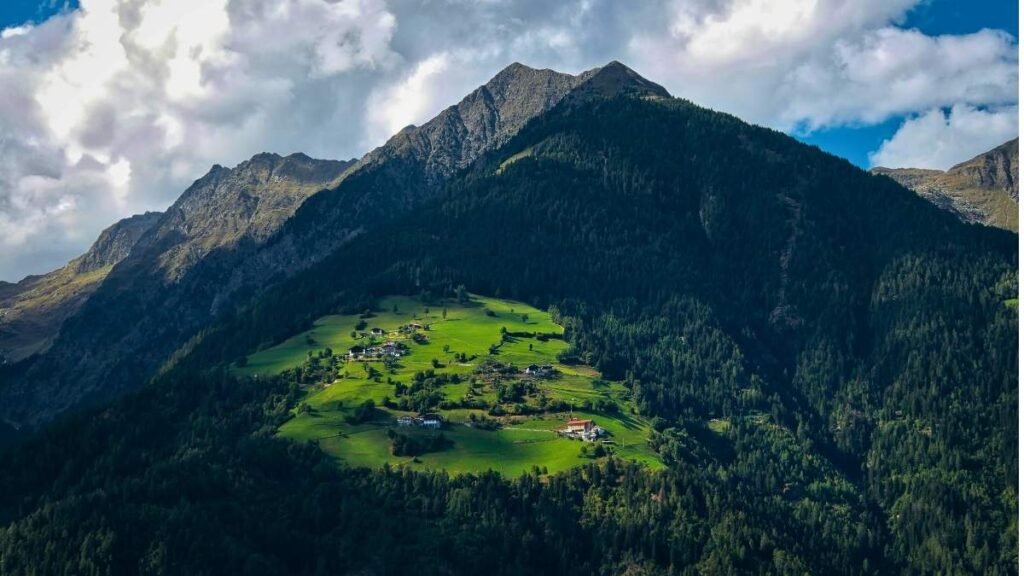
Evdilos, perched along Ikaria’s north coast, hums with quiet charm. Fishing boats sway in the harbor, whitewashed homes cascade down the hillside, and time, as always on Ikaria, moves in soft slow motion. This part of the island is less touristed — meaning you can easily strike up a chat with locals over strong coffee or ouzo.
One evening, I followed music to a tiny taverna, where an impromptu panigiri celebration was in full swing. A 92-year-old woman named Katerina pulled me into a dance, her laughter echoing across the square. “We dance,” she said between steps, “because it reminds us we’re alive.” That’s the spirit of Evdilos — community in motion.
Key Practical Information
- Best Seasons: May–July and Sept–Oct; August can be busy.
- Reaching It: Ferry from Piraeus to Evdilos or fly to Ikaria then drive north.
- Duration: 4–5 days for full immersion.
- Must-Do: Join a village dance, eat wild greens pie, swim at Kampos Beach.
- Budget: €60–110/day.
- Insider Tip: Shops open late; embrace the “island time.”
- Photo Spot: The view from the ancient trail between Evdilos and Arethousa — sea and sky fused in blue.
9. Nosara / Nicoya Coast (Costa Rica)
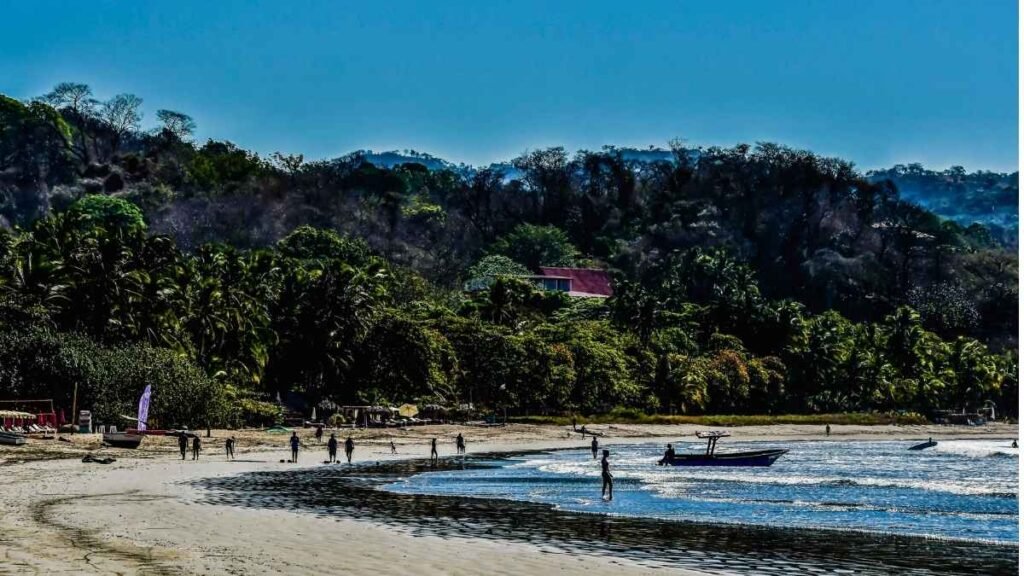
Nosara feels like a secret whispered by the ocean. Known for yoga retreats, surf breaks, and sustainability-minded locals, it offers a rare blend of vitality and peace. Dirt roads lead to golden beaches fringed with almond trees, and dawn begins with both meditation bells and howler monkeys.
During a dawn surf session, I met Sofia, a 70-year-old local surfer who’d lived in Nosara her whole life. She paddled out effortlessly and smiled: “The ocean teaches us to start over every day.” Her joy was contagious — and it summed up why people come to Nosara not just to visit, but to reset.
Key Practical Information
- When to Visit: Dec–Apr for sun; May–Aug for lush greenery.
- Getting There: Liberia Airport → 2.5-hour scenic drive.
- Duration: 6–8 days.
- Must-Try: Yoga at sunrise, turtle nesting at Ostional, healthy cafés.
- Budget: $100–200/day (wellness retreats can cost more).
- Insider Tip: Bring cash — ATMs are scarce.
- Photography: Capture surfers at sunset — silhouettes against crimson skies.
10. Southwest Florida Blue Zones Region (USA)

It might surprise you that one of America’s healthiest communities lies amid the palm-lined streets of Naples and Marco Island. The Southwest Florida Blue Zones Project transformed daily living — from bike-friendly streets to plant-forward dining. Here, wellness isn’t a trend; it’s baked into city planning.
One morning, I joined locals for a group beach walk — retirees, families, and teens all strolling the same stretch of sand. “We don’t move because we must,” one walker said. “We move because we can.” As pelicans swooped low over the surf, I felt the ease of a community living intentionally.
Key Practical Information
- Seasons: Winter (Dec–Mar) for perfection; summers are humid but quieter.
- Getting There: Fly to Fort Myers (RSW) or Naples Municipal.
- Stay: 3–6 days.
- Do: Farmers’ markets, Blue Zones cooking classes, kayaking in Ten Thousand Islands.
- Budget: $150–250/day.
- Insider Tip: Free wellness events happen weekly — check local listings.
- Photography: Sunrise over Naples Pier is postcard-perfect.
11. Adventist Communities Around Loma Linda (Southern California, USA)
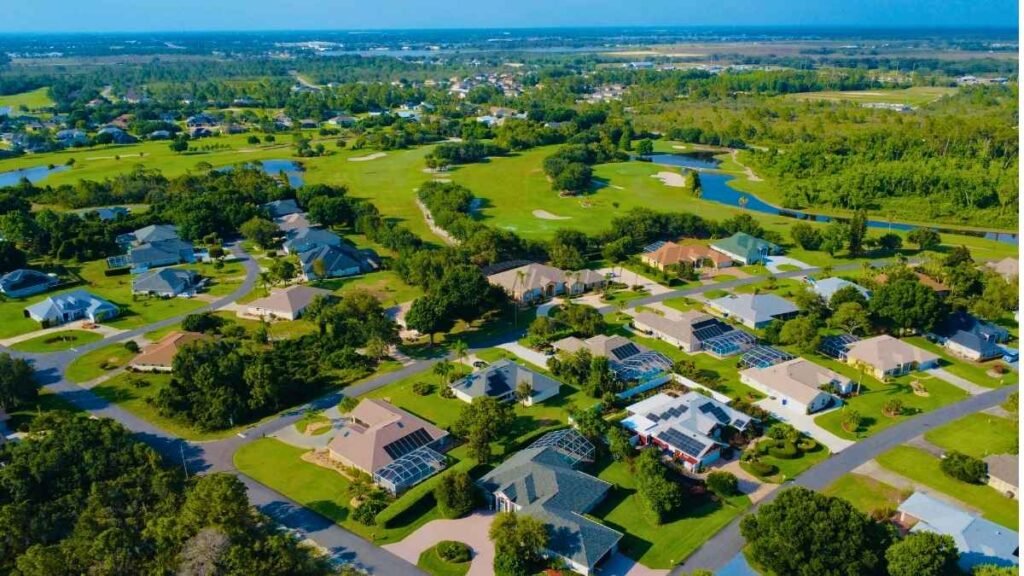
Beyond Loma Linda proper, small neighboring towns echo the same lifestyle — plant-based diets, faith, and deep fellowship. Here, time slows on weekends, community gardens flourish, and even grocery stores promote mindful living.
I spent a Saturday afternoon at a community farm in Redlands, where families harvested vegetables side by side. A young mother told me, “Our kids grow food before they learn to drive.” The sense of purpose and peace is tangible — longevity here is cultivated in soil and soul alike.
Key Practical Information
- When to Go: Year-round, with spring blooms adding color.
- Getting There: Ontario International Airport (30 minutes).
- Stay Duration: 3–4 days.
- Must-Do: Visit the Loma Linda Market, attend a vegetarian cooking demo, hike Hulda Crooks Park.
- Budget: $100–180/day.
- Insider Tip: Respect Sabbath quiet from Friday evening to Saturday evening.
- Photo Idea: Sunset shots of orange groves and mountain silhouettes.
12. Ogliastra High-Altitude Villages (Sardinia, Italy)

Perched in the mountains, Ogliastra is Sardinia distilled to its most authentic self. The air is crisp, the views sweeping, and the hospitality unmatched. Shepherds still make cheese by hand, and laughter fills stone courtyards during evening gatherings.
In the village of Talana, I shared mirto liqueur with a group of locals celebrating a 100th birthday. They spoke of community, of endurance, of joy. “We have no hurry,” one man said, raising his glass. “Only good company.”
Key Practical Information
- Seasons: April–June or September–October for mild weather.
- Getting There: From Cagliari, drive 2–3 hours inland.
- Duration: 4–6 days.
- Don’t Miss: Wine tastings, mountain treks, and local festivals.
- Budget: €80–130/day.
- Insider Tip: Don’t decline second helpings — it’s considered rude!
- Photography: Morning light over Gennargentu peaks.
13. Traditional Villages in Okinawa Prefecture (Japan)

Beyond Okinawa’s cities lie rural villages where the island’s soul truly resides. In communities like Taketomi and Nakijin, time seems elastic — locals still weave textiles by hand and tend ancestral graves adorned with flowers. These hidden gems preserve the quiet dignity of old Okinawa.
I once joined a family for their Obon celebration — music, dancing, and incense drifting through the night air. The sense of belonging was palpable. “We dance for those before us,” my host said, “and they dance with us.” It’s moments like that which make you understand why Okinawans live long — and live well.
Key Practical Information
- Best Time: March–May and Oct–Nov for perfect weather.
- Getting There: Domestic flight to Ishigaki or Miyako, ferries between islands.
- Duration: 5–7 days.
- Must-Do: Cycle through Taketomi, visit Nakijin Castle ruins, join a local festival.
- Budget: ¥10,000–18,000/day.
- Insider Tip: Bring small gifts for hosts — it’s a cherished custom.
- Photography: Lantern-lit streets during Obon and beaches framed by coral walls.






